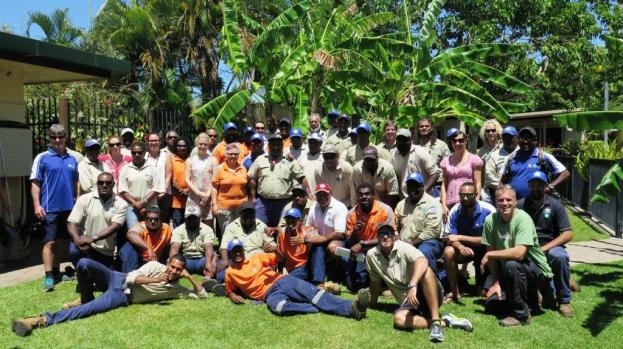By Adam Coleman
Processes, people and technology must be managed on an enterprise-wide level to enable successful e-government and to avoid the problems associated with a “three-headed beast” pulling the public sector in different directions.
That’s the message from Ovum public sector research director in Australia and New Zealand, Dr Steve Hodgkinson, who likens the problem of contradictory tensions facing public sector CIOs to ancient mythology and the idea of an e-government Chimera.
“The first head, outputs, is pulling towards a vertical focus on discrete services and programs, which leads to decentralisation and fragmentation,” Dr Hodgkinson told GovernmentNews.com.au.
“The second head, outcomes, is pulling towards holistic policies that require collaboration and joined-up, integrated, horizontal solutions.
The third head, inputs, is pulling towards means rather than ends.”
According to Dr Hodgkinson, the Chimera’s tensions arise from the fact that strategy and structure are out of alignment.
“On one hand, governments are seeking to implement e-government strategies that require improved horizontal interactions across agencies and departments. On the other hand, the structure delivers vertical accountabilities and tactical, fragmented management of key inputs such as people, processes and technology,” he says.
“There is a lot of tension where public servants are being asked to what seems to be the impossible to do these joined up government things.
All of the machinery that they are exposed to is explicitly frustrating that agenda and know one seems to be doing anything about it.”
Dr Hodgkinson suggests through the private sector the general public have become accustomed to unified products and services and expect the same from government.
“In an old world of Government they could get away with delivering all its fragmented products and services in a fragmented way. Increasingly citizens are not putting up with that any more.
“They have got experience with the way that banks, insurance companies and travel agents operate, [and ask] why can’t these things be more connected? Why do I have to keep telling different pieces of government the same story again and again and they never talk amongst themselves?”
Hodgkinson offers the example of young people transitioning from education to the workforce.
“It is not just an issue about what happens in the classroom, it’s not just an issue about what happens in Centrelink helping people find a job.
“It requires a collaborative response of programs that span public and private education, juvenile justice, housing, the criminal justice system to the extent that some people end up there, right through to employment programs and industry development.
“That’s an example of a problem society that needs a joined up response from Government.”
Dr Hodgkinson offers two things CIOs must do to minimise tensions and effectively manage the ‘Chimera’.
"Experienced executives with a sound grasp of how to create sustainable public value need to support the CIO."
He says CIOs should become part of a broader operational reform team, and build the capabilities to deliver on their strategic IT management responsibilities.
“The CIO needs to adopt a strategic management style that is more centralised than that of the public sector generally, creating ongoing alignment tensions."
Comment below to have your say on this story.
If you have a news story or tip-off, get in touch at editorial@governmentnews.com.au.
Sign up to the Government News newsletter

